Search the Special Collections and Archives Portal
Search Results
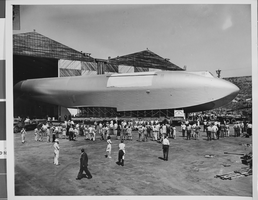
Photograph of Howard Hughes' Hercules, Culver City, California, June 16, 1946
Date
Archival Collection
Description
Image
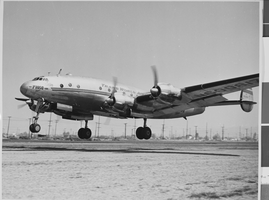
Photograph of aircraft Howard Hughes is test flying, Culver City, May 03, 1947.
Date
Archival Collection
Description
Image
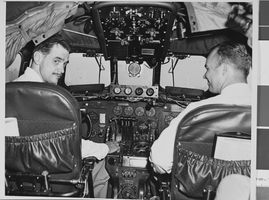
Photograph of Howard Hughes installing radar, Culver City, California, May 03, 1947
Date
Archival Collection
Description
Image
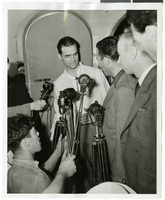
Photograph of Howard Hughes and Grover Whalen at Floyd Bennett Field, New York, July 10, 1938
Date
Archival Collection
Description
Image

Photograph of Howard Hughes installing radar, Culver City, California, May 03, 1947
Date
Archival Collection
Description
Image
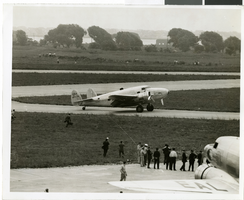
Photograph of the landing of Howard Hughes' Lockheed 14 aircraft, New York, July 14, 1938
Date
Archival Collection
Description
Image
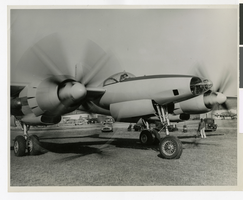
Photograph of Howard Hughes in the first XF-11, Culver City, California, 1946
Date
Archival Collection
Description
Image
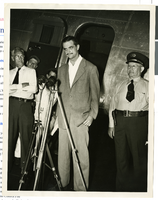
Photograph of Howard Hughes at a press conference beside his Douglas DC-3, New York, April, 1947
Date
Archival Collection
Description
Image

Photograph of Howard Hughes and Grover Whalen at Floyd Bennett Airfield, New York, July 14, 1938
Date
Archival Collection
Description
Image
Howard R. Hughes College of Engineering Records
Identifier
Abstract
The Howard R. Hughes College of Engineering Records contain materials dating from approximately 1968 to 2017 that document the establishment of the School of Engineering and later the Howard R. Hughes College of Engineering School. Materials include records of the Nevada Development Authority Partners for Industry through Engineering and Education (PiE2) program during the 1980s that was headed by Bob Gore of Summa Corporation (formerly known as the Howard Hughes Corporation). Collection records also include samples of class listings, phone directories, degree information, college rules and bylaws, and fact sheets and brochures for different engineering degree programs at UNLV. Materials also include accreditation questionnaires from 1989, 1990, and 1992. Also included are promotional brochures and pamphlets for the school from 2015 to 2017.
Archival Collection
